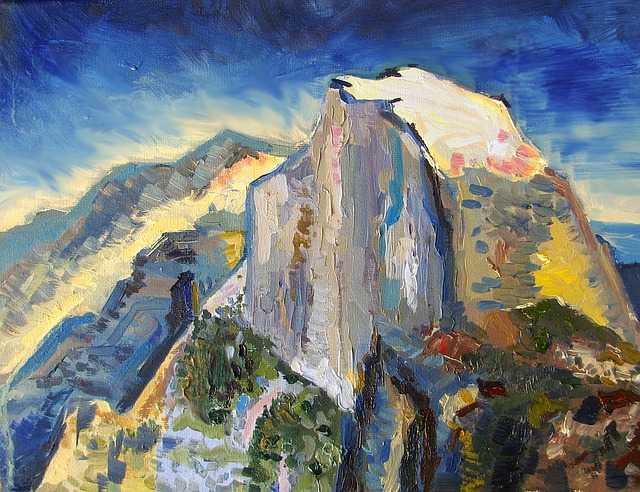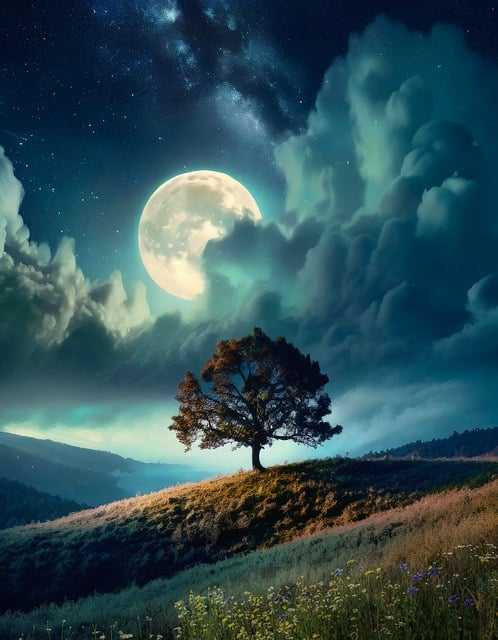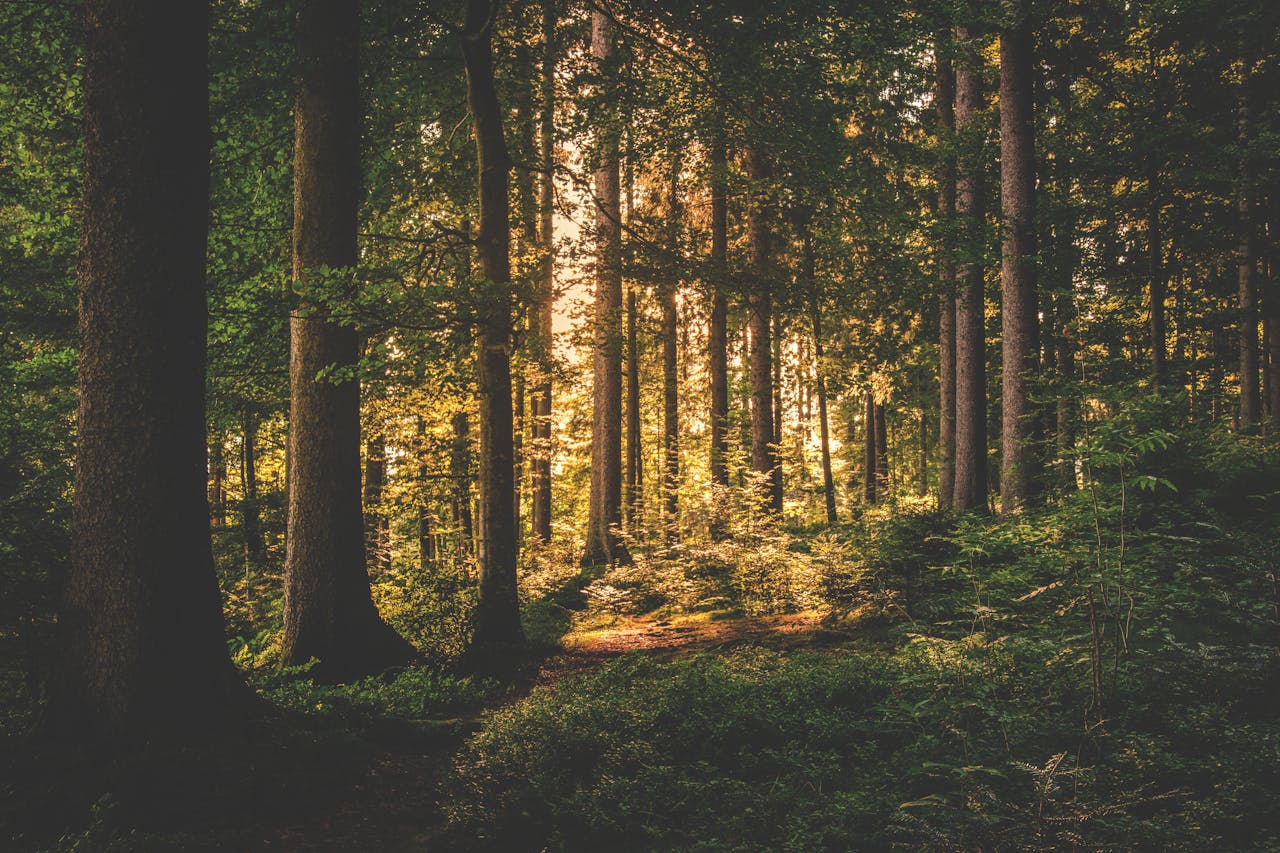The presence of unique protected areas makes France more attractive to local residents and tourists, preserves the cultural identity of the region and creates jobs. 7% of the country’s area is occupied by 49 regional parks and 9% by national parks.
List of the largest national parks in France
There are 10 officially recognized national parks in France. Each of them is home to a wide variety of marine, terrestrial creatures and plants. In order to preserve existing species and help new ones grow, strict control is exercised at the government level over the state of the flora and fauna of these territories.
Some of the areas are recognized as protected areas, which helps to avoid the negative consequences of human intervention in the natural ecosystem.
Below is a list of the largest national parks in France:
- Guiana Amazon – 33900 km2;
- Reunion – 1054 km2;
- Ekren – 918 km2;
- Cévennes – 913 km2;
- Mercantour – 685 km2;
- Vanoise – 528 km2;
- Calanques – 525 km2 (85 – land, 435 – sea);
- Pyrenees – 460 km2;
- Guadeloupe – 173 km2;
- Port Cros – 7 km2 of land and about 13 km2 of water.

Vanoise
Vanoise received the title of the first French national park (1963). The reservation is located on a hill between 685-3855 m in the Alps and occupies the southern part of Mont Blanc. In the east there is a common 14 km border with the Italian Gran Paradiso nature reserve. In the 19th century, the mountain goat population was in danger of extinction.
In order to preserve the species, the first protected area was Gran Paradiso, then Vanoise. In 1972, a cooperation agreement was concluded between the two parks.
You can get to Vanoise by rented car or taxi from any city in the Savoie department: from Lanslebourg-Mont-Cenis – 19 km, Mondant – 33 km. The nearest airports in France: Chambery-Savoie, Grenoble Alpe-Isère, Lyon-Saint-Exupéry. The climate has features characteristic of mountainous regions.
The French Pre-Alps and the Chain de Beldon mountain range provide protection from strong winds. The average maximum in the summer months is 19°, in winter from 0 to -6°. Sunny days prevail from July to October. Vanoise is divided into 2 parts. 80% of the reserve is closed to visitors. The peripheral zone carries out the function of protecting, controlling and limiting access to the central one.
There are 28 resort towns in the open zone. In the interior there is a specially protected highland region with more than 40 mountain ranges over 3000 m high: Grand Cas (3855 m), Mont Puri (3779 m), Dan Parrache (3697 m). 50 km2 of the park is covered with glaciers.
Vanoise is a habitat for 70 species of animals, 125 birds and 340 insects:
- mountain goats (2500 individuals);
- chamois (5000);
- European mouflon;
- alpine marmot;
- ermine;
- voles (snow and yellow-backed);
- grass and reed toad;
- viviparous lizards;
- snakes (aesculapius, viper);
There are many varieties of butterflies, including the Vanessa.
Birds of particular interest are:
- bearded vulture or vulture;
- golden eagle;
- white-toothed blackbird;
- black grouse;
- nuts;
- black woodpecker
Plant diversity exceeds 1000:
- saxifrage;
- alpine aquilegia;
- mountain primroses;
- gentians;
- edelweiss.
The national parks of France are rich in various flora and fauna. For example, you can find edelweiss there.
The last 2 types are called Vanoise symbols. To keep representatives of local animals and plants safe, monitoring and recounting are carried out on an ongoing basis. Vanoise is a suitable place for lovers of mountaineering, rafting, and kayaking.
Hiking routes have been developed that pass through:
- waterfalls;
- caves;
- marble and edelweiss-covered rocks;
- fossils (Roc de la Peche);
- structures made of stone blocks (megaliths Pierre aux Pieds);
- rock paintings;
- picturesque chapels;
- mountain lakes;
- alpine meadows.
In the outer zone there are ski resorts: Terminion, Champagne, Pralognan. Recreation and resort infrastructure are fully thought out. For example, the 125 km Val-Cenis Vanoise piste is equipped with 200 snow guns, ready to provide comfortable snow conditions in case of warming.
Mercantour
National parks in France mainly belong to the Alps. Mercantour occupies 685 km2 of area in the Alpes-Maritimes and Alpes-Haute-Provence departments. You can get there by car. The nearest major cities are Nice and Cannes at a distance of 95 km. The park is located in the transition zone between the Alps and the Mediterranean Sea.
For this reason, there are differences in weather throughout the area. Founded in 1979
and the creation of the reservation was divided into 2 parts. The interior is uninhabited. The objects around which the protected zone was concentrated were: Zhela 3143 m – the highest point of the reserve, Mervey – “Valley of Miracles”.
In Mervey, traces of ancient people have been preserved in the form of 40 thousand rock paintings dating back to 2000 BC. Group excursions (5-10 euros) and individual excursions in jeeps (50-100 euros) are organized to the “Valley of Miracles”. In the city of Tende there is a museum dedicated to this topic.
The exhibition includes displays of items related to the history and traditions of the region, and thematic lectures and symposiums are held. Visiting is free. Thematic exhibition from 5 euros.
There are 7 river valleys in Mervey:
- Roya;
- Bevera;
- Vezubi;
- Tina;
- Sian;
- Verdon;
- Yubai.
Picturesque French villages with mountain lakes and springs are concentrated in the valleys. The village of Coaraze is considered the most beautiful in the country. In the wolf reserve near Saint-Martin-Vesubes you can observe animals in natural conditions and learn about the relationship between man and beast. Excursions are conducted with a guide. Cost 10-14 euros.
Mercantour has 600 km of equipped hiking trails. The Bego and Pela massifs are suitable for mountaineering. A beach holiday area is located 1.5 hours drive from the Isolla 2000 ski resort. In Mercantour, the number of species of mammals reaches 70, birds 76. Among them are mountain goats, chamois, and stoats. The flora includes over 2000 unique plants.
This is a comfortable place to grow:
- larches;
- oaks;
- Mediterranean olives;
- rhododendrons;
- oil;
- Swiss pine trees.
The symbol plant of the park is the mountain-piercing saxifrage. It blooms once every 30 years, then dies. Hotels, restaurants and shops belong to the outer zone of the park.

Port-Cros National Park
Port Cros became the first European marine reserve. The park is located on the island of the same name in the Mediterranean Sea and is part of the Hyères Islands. The area of the protected zone includes 10 km2 of land, including the botanical reserve located on the island of Porquerolles, and over 12 km2 of water. The founding date of the national park was 1963.
The purpose of the creation was to preserve the ecosystems of the islands and the surrounding marine area.
You can go to the island from Toulon or other cities of the Cote d’Azur, using a ferry or tourist boat. Access of people to the island is limited – up to 5,000 people/day on Porquerolles and 1,500 on Port Cros. There is no fee for visiting. The number of tourists is especially controlled in the summer months due to the high risk of fires.
France, Italy, and Monaco are responsible for the protection of the water area, which is also part of the Pelagos Nature Reserve. The average temperature on the island from May to October is 20-25o, in summer the maximum reaches 28o. Winter is warm – up to 16o. Previously, Por Cro occupied a significant defensive position, which is confirmed by the presence of 5 destroyed forts. The three-tiered tower of Estissac served as an ammunition depot with living quarters.
The order for construction was given by Cardinal Richelieu in 1634. The watchtower offers an incredible view. In summer, an exhibition dedicated to the marine inhabitants of the park is held indoors. Port Cros has 1 hiking trail through ruined forts, buildings and small beaches, the most beautiful of which is La Palude.
The coastal area is dotted with grottoes and rocks. One of the highest points reaches 198 m. Porquerolles is famous for the Le Hameau botanical garden and Notre Dame beach, where pine trees grow along the shore. Argent Beach, located among the rocks, is suitable for snorkeling. Rare species of butterflies, fish, birds, in particular sea birds, live in this area. The fields of Port Cros are dotted with lavender and heather.
There are very few hotels and they are in great demand. The cost of a room at Le Manoir de Port-Cros for 2 people is 22,460 rubles, Hostellerie Provencale is 62,887 rubles. While traveling, you can book hotels on neighboring islands, such as Levan or the mainland.
Don’t miss the most popular article in the section: Geographical objects named after travelers – Russian and world.
